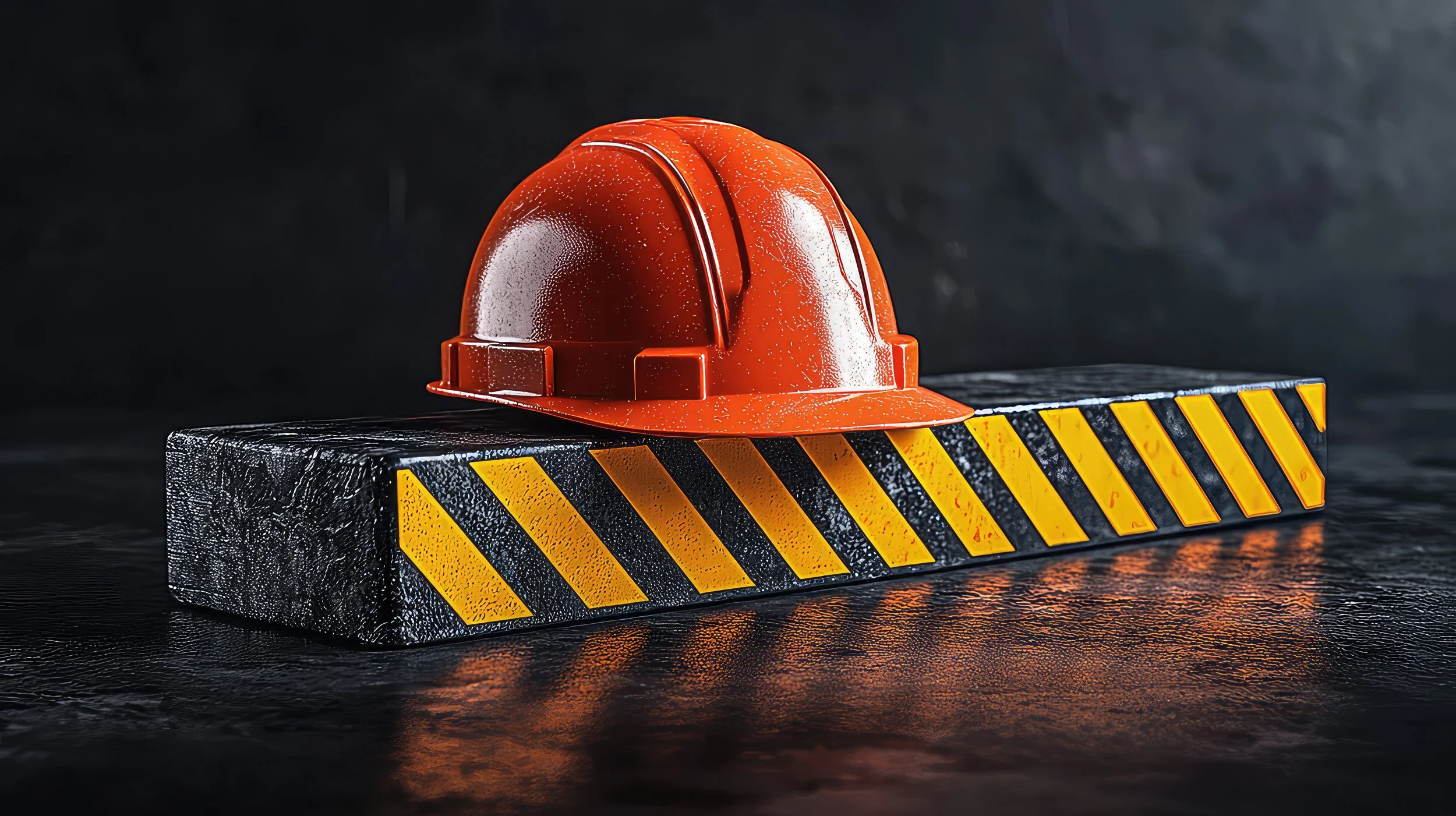Cold storage environments present unique safety challenges, from extreme temperatures to slippery surfaces and heavy lifting. The Occupational Safety and Health Administration (OSHA) provides guidelines to protect workers in refrigerated facilities, but staying compliant requires more than just understanding the rules—it requires action. Clarity Testing Services helps businesses implement OSHA-compliant safety programs, ensuring employees have the proper training, equipment, and protocols to work safely in cold storage conditions.
Why Cold Storage Safety Matters
Working in low temperatures affects dexterity, increases fatigue, and can lead to cold-related illnesses like hypothermia or frostbite. Slippery surfaces create fall hazards, and improper material handling can cause strain or injury. OSHA’s regulations help mitigate these risks, but employers must actively enforce safety measures. That’s where Clarity comes in - we provide the tools and expertise needed to ensure compliance, from employee safety training to hazard communication programs.
OSHA Requirements for Cold Storage Facilities
OSHA doesn’t set a specific temperature limit for refrigerated workspaces, but it does offer clear guidance on managing cold stress, preventing falls, and handling chemicals safely. Employers can meet these requirements through workplace safety programs, training, and compliance strategies.
Cold Stress Prevention
To protect workers from extreme cold, OSHA recommends:
Providing Proper Protective Clothing: Insulated jackets, gloves, and footwear help workers retain body heat.
Allowing Regular Warm-Up Breaks: Scheduled breaks in heated areas help reduce the risk of cold stress.
Encouraging Hydration and Nutrition: Warm drinks and high-energy foods support body temperature regulation.
Monitoring for Cold-Related Illnesses: Supervisors should be trained to recognize hypothermia, frostbite, and other cold-related symptoms.
Personal Protective Equipment (PPE)
Employers must provide PPE that is appropriate for cold storage conditions. Key OSHA recommendations include:
Thermal Gloves and Non-Slip Footwear: To protect against cold surfaces and improve grip.
Insulated Head and Face Protection: Reducing heat loss and preventing frostbite.
High-Visibility Gear: Enhancing worker safety in dimly lit refrigerated areas.
Preventing Slips, Trips, and Falls
Cold storage facilities are prone to ice buildup, condensation, and wet floors, increasing the risk of falls. To prevent these hazards, OSHA advises:
Using Slip-Resistant Flooring and Mats: Anti-slip surfaces can help reduce falls.
Implementing Proper Housekeeping Practices: Regular cleaning and maintenance keep floors clear of hazards.
Requiring Non-Slip Footwear: Insulated boots with good traction help workers maintain stability.
Safe Material Handling and Ergonomics
Lifting and moving heavy loads in cold environments can lead to muscle strain and fatigue. To minimize risk, OSHA recommends:
Providing Mechanical Lifting Aids – Using pallet jacks, forklifts, and conveyor belts to reduce manual lifting.
Training Workers on Safe Lifting Techniques – Teaching proper lifting postures to prevent strain.
Implementing Task Rotation – Rotating job duties to minimize repetitive stress injuries.
Hazard Communication and Chemical Safety
Cold storage facilities often contain cleaning agents, refrigerants, and other hazardous chemicals. To comply with OSHA’s Hazard Communication Standard (HazCom), employers must:
Label All Chemicals Clearly: Workers should have immediate access to hazard information.
Maintain Safety Data Sheets (SDS): Employees must be able to reference safety and handling instructions.
Train Employees on Chemical Safety: Workers should know how to handle spills, use PPE, and report hazards.
Emergency Preparedness and Response
Cold storage facilities must have clear protocols for responding to emergencies such as power failures, equipment malfunctions, and medical incidents. OSHA recommends:
Unobstructed and Clearly Marked Exits – Emergency exits should be well-lit and easy to access.
First Aid and CPR Training – Employees should be trained to handle medical emergencies.
Established Emergency Response Plans – Employers should document and communicate procedures for evacuations and equipment failures.
Ensuring OSHA Compliance: How Clarity Can Help
Staying compliant with OSHA regulations requires more than just policies—it requires continuous training, inspections, and proactive safety measures. Clarity Testing Services supports businesses with:
Workplace Safety Assessments: Identifying hazards and recommending OSHA-compliant solutions.
Employee Training Programs: Covering cold stress prevention, PPE usage, fall prevention, and emergency response.
OSHA Compliance Support: Helping businesses document safety measures and maintain compliance records.
Strengthening Cold Storage Workplace Safety with Clarity
Following OSHA regulations isn’t just about compliance—it’s about protecting workers and ensuring smooth operations. By implementing best practices, supplying the right PPE, and fostering a culture of safety, employers can create a workplace where employees feel confident and protected.
Let Clarity Testing Services help you meet OSHA standards and keep your employees safe in cold storage environments. Contact us today to learn more about our workplace safety programs.







